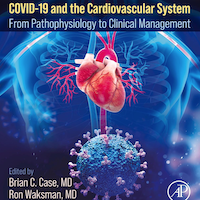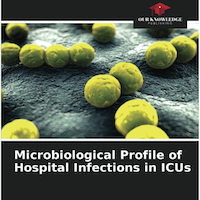Tag: ventilation
Low Levels of Physical Activity During Critical Illness and Weaning
Physical rehabilitation can benefit critically ill patients during ICU admission, but routine clinical practice remains inconsistent nor examined in prolonged mechanical ventilation patients transferred to a specialist ventilator... read more

The Air is Everywhere
A 12-year-old male with a history of mild persistent asthma presented to the Emergency Department (ED) with acute onset of chest pain and a "crackling" feeling along his sternum. Two days prior he was seen by his... read more

Effect of Noninvasive Ventilation Delivered by Helmet vs Face Mask on the Rate of Endotracheal Intubation in Patients With ARDS
Noninvasive ventilation (NIV) with a face mask is relatively ineffective at preventing endotracheal intubation in patients with acute respiratory distress syndrome (ARDS). Delivery of NIV with a helmet may be a superior strategy... read more

Withholding Pantoprazole for Stress Ulcer Prophylaxis in Critically Ill Patients
A decreased frequency of upper gastrointestinal bleeding and a possible association of proton pump inhibitor use with Clostridium difficile and ventilator-associated pneumonia have raised concerns recently. The Reevaluating... read more
Effect of Home Noninvasive Ventilation With Oxygen Therapy vs Oxygen Therapy Alone on Hospital Readmission or Death After an Acute COPD Exacerbation
In this randomized clinical trial of 116 patients, the addition of home noninvasive ventilation significantly prolonged time to readmission or death from 1.4 months to 4.3 months. Among patients with persistent hypercapnia... read more

Prediction of Survival and Functional Outcomes After ICU Admission
This study assesses the 6-month discriminative accuracy of patient mortality and functional outcome predictions made by intensive care unit (ICU) physicians and nurses at the time of ICU admission. Intensive care unit physicians'... read more
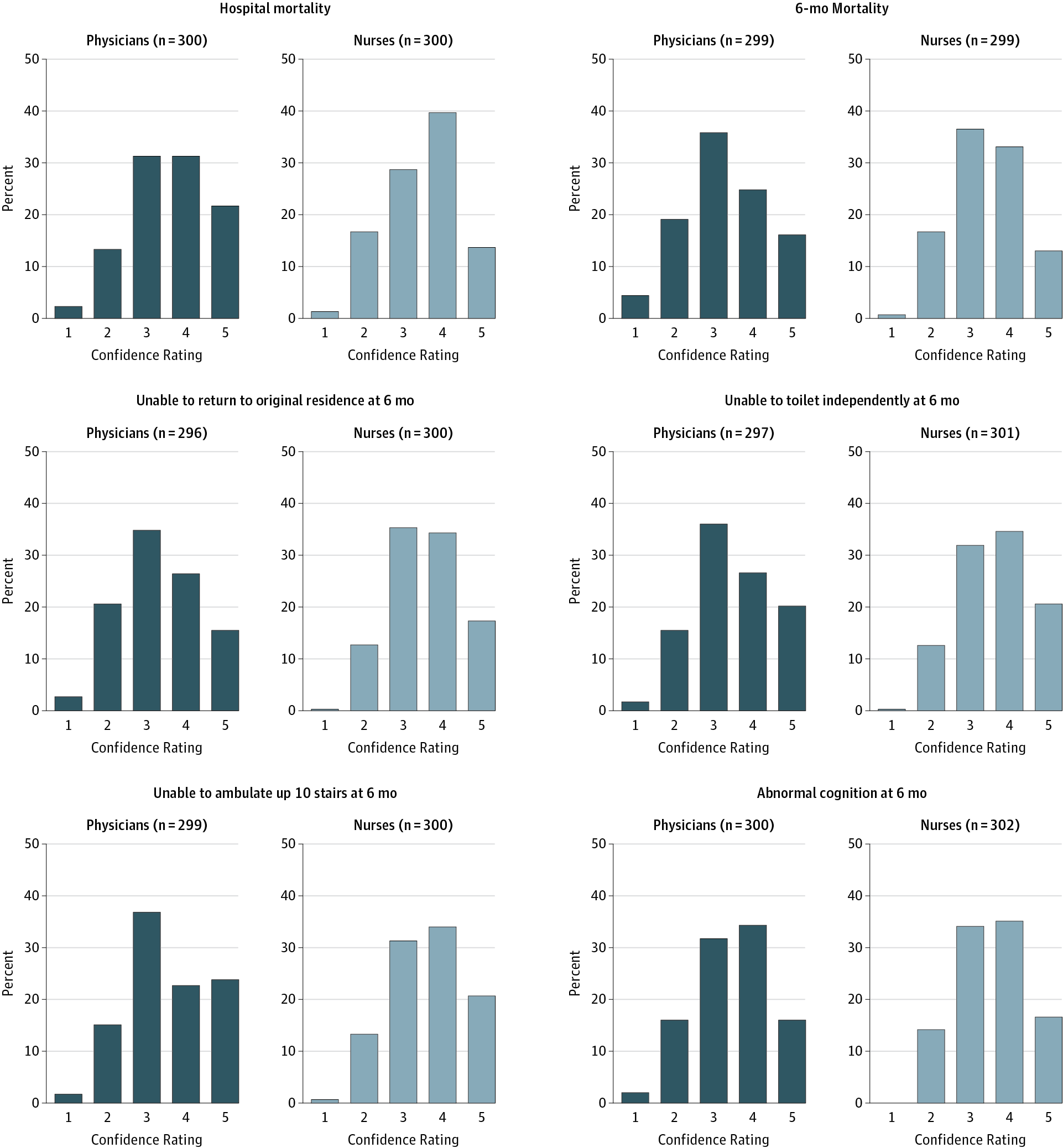
Effect of Home NIV on Outcomes After Acute COPD Exacerbation
This randomized clinical trial compares the effects of home oxygen therapy with vs without home noninvasive ventilation (NIV) on time to readmission or death in patients with persistent hypercapnia after an acute chronic... read more
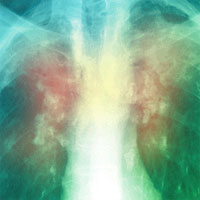
How to Ensure Your Medical Wishes Are Followed if You’re Critically Ill and Incapacitated
It happens every day in the intensive care units of hospitals throughout the country: Physicians ask the loved ones of someone kept alive by a ventilator and other medical devices whether the patient would want to live hooked... read more

Clinical Practice Guideline: Mechanical Ventilation in Adult Patients with ARDS
An Official American Thoracic Society/European Society of Intensive Care Medicine/Society of Critical Care Medicine Clinical Practice Guideline: Mechanical Ventilation in Adult Patients with Acute Respiratory Distress Syndrome.... read more

Bi-level Ventilation: Who Needs it and Who Doesn't?
Bi-level ventilation is commonly used in patients with respiratory failure in the emergency department. This is a brief review of the indications for bi-level ventilation as well as a review of the complications of this popular... read more
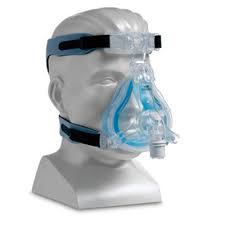
PaCO2 Equation
I've previously written about the alveolar gas equation and oxygen delivery equation, both of which deal with the physiologic process of oxygenation. Now I want to discuss the important relationship between alveolar... read more
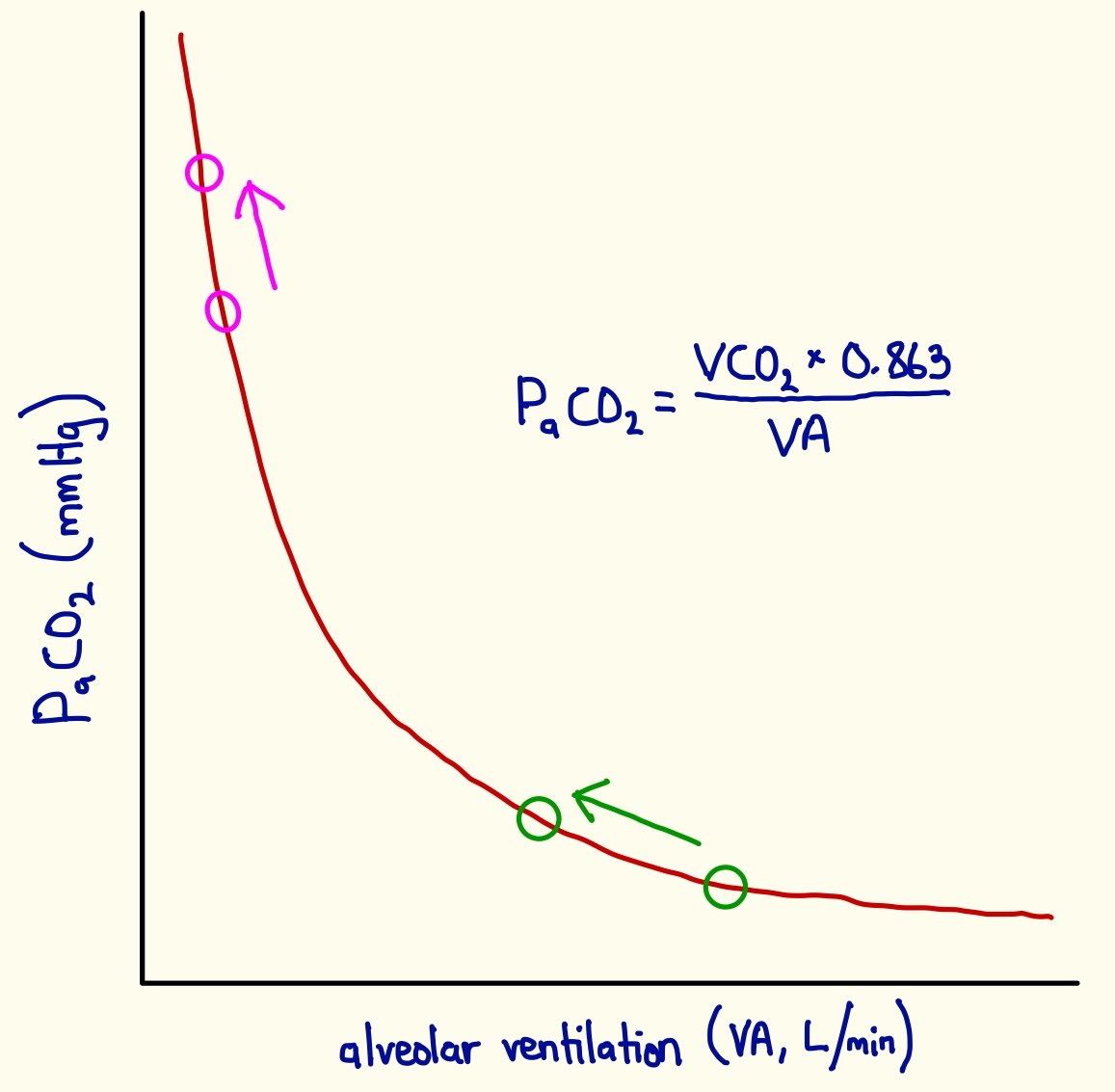
Identifying barriers to delivering the ABCDE bundle to minimize adverse outcomes for mechanically ventilated patients
Improved outcomes are associated with the Awakening, Breathing Coordination, Delirium and Early mobility/exercise (ABCDE) bundle; however, implementation issues are common. As yet, no study has integrated the barriers to... read more

Extra Corporeal Carbon Dioxide Removal
In patients with chronic obstructive airway disease and hypercapneic acidosis, who are failing non-invasive ventilation, does extra corporeal carbon dioxide removal compared to non-invasive ventilation alone, reduce the... read more

The impact of oral care on oral health status and prevention of VAP in critically ill patients
Ventilator-associated pneumonia (VAP) is one of the most common nosocomial infections which increase mortality rate and length stay of hospitalization. Oral care would not only improve patient’s oral health and well-being,... read more

Plasma metabolomics for the diagnosis and prognosis of H1N1 influenza pneumonia
Metabolomics is a tool that has been used for the diagnosis and prognosis of specific diseases. The purpose of this study was to examine if metabolomics could be used as a potential diagnostic and prognostic tool for H1N1... read more

Rocketamine vs. Keturonium for Rapid Sequence Intubation
Airway management is a detail-oriented sport. Minor nuances of patient positioning can be essential. Or gentle laryngeal manipulation. Apneic oxygenation can improve first-pass success. Placing the pulse oximeter on the... read more

Systemic and Microcirculatory Effects of Blood Transfusion in Experimental Hemorrhagic Shock
The microvascular reperfusion injury after retransfusion has not been completely characterized. Specifically, the question of heterogeneity among different microvascular beds needs to be addressed. In addition, the identification... read more









